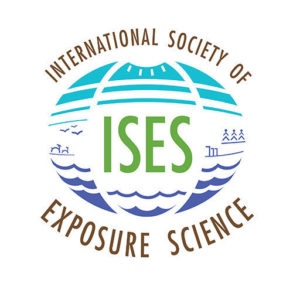USEtox consensus near-field & far-field exposure and impact modeling for chemical prioritization, substitution and life-cycle assessment
Instructors: Peter Fantke, Olivier Jolliet, Lei Huang
Monday, August 30th, 2021 | 9:00 AM – 11:00 AM EST
Description: There is an increasing need for methods to assess exposure and related impacts of toxic chemical emissions on human health and ecosystems including consumer exposure. This course provides a practical overview of multimedia chemical fate modelling, near-field and far-field multi-pathway human exposure modelling, ecosystem and human health effects dose-response modelling, and comparative indicators for human-toxicological and ecotoxicological impacts. We explain basic concepts of environmental mass balance modelling including partitioning, first order cross-media transport, and persistence. We further introduce the concept of assessing multiple transfers between near-field and far-field environments and resulting exposures for consumers and the general population, discussing data and models available for detergents, building materials, food contact materials and personal care products. Along a series of practical examples, we will illustrate how fate, exposure, effect and damage factors can be combined to construct factors to characterize chemical emissions and chemicals in consumer products, building on the USEtox scientific consensus model and USEtox-compatible near-field models. We will conclude with a demonstration of how the models can be used in various applications, including the prioritization and ranking of chemicals for institutions like the European Commission or the U.S. Environmental Protection Agency.
Course Objectives
The aim of this course is to introduce participants to the exposure science methods used in life-cycle and comparative risk assessments. Participants will learn to use and evaluate basic tools for mass-balance, fate modelling, near-field and far-field exposure and intake fraction, and effect factor estimation. Participants will review underlying model assumptions and evaluate data needs along with data and knowledge gaps in these assessments.
The course is intended for environmental science practitioners interested in the scientific fundamentals of chemical impact assessment for a broad range of environmental emissions. Only basic background knowledge of environmental modelling, risk assessment or life cycle assessment is considered necessary.
Participants will come away with knowledge of basic concepts of consumer and population exposure science for chemical impact assessment and be able to perform their own assessment using the latest release version of the scientific consensus model USEtox and related near-field models, and interpret results for their own application context.
Target Audience
The course is for PhD students, professionals and practitioners interested in state-of-the-art mass balance-based tools for use in life cycle impact assessment, human and ecological toxicity assessment, consumer exposure assessment, risk screening, chemical substitution and prioritization. No specific previous knowledge is required.
Products/Course materials
Short course copies of all lecture presentation slides as well as working materials for the exercises will be distributed electronically. A copy of all presented modelling tools will be distributed. Course participants will be provided copies of all main scientific articles in electronic form.


